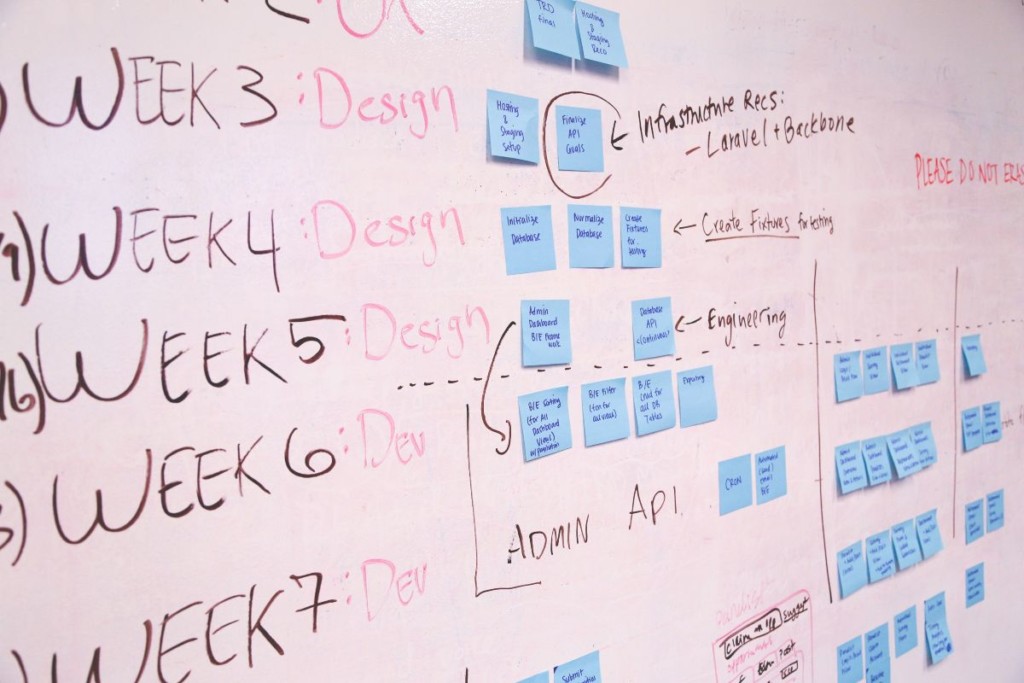Articles

Humanizing Brands: The Impact of User-Centered Marketing
14 de May de 2024

Managing a project and organising the corresponding teams is the most complicated aspect of business life. A leader has to optimise resources, manage the timings, coordinate teams, assign tasks and, also, achieve financial profitability.
There are many work methodologies and each of them adapts to the needs that each company requires. But, if we want to achieve short-term results, we must adopt the methodology known as Scrum.
Scrum methodology is part of the Agile framework, but it has its differences. This technique is mostly used for more complex projects that are carried out in a dynamic and changing environment. Flexibility is key.
In fact, many of the most famous companies in the world use this methodology for their work system. Among the most popular ones to use Scrum are Apple, Google and Amazon.
Others, like Spotify (a pioneer in the field), reinterpret Scrum their own way. The music streaming platform works in a very peculiar way: they develop their own work system based on the feedback they get after applying this work methodology and after taking into account the experience of their employees. They establish a set of rules that they later modify for each stage of development, without establishing any defined roles. This makes it possible to adapt quickly and reduce risk, since every worker can change responsibilities, not conforming to one position.
Scrum is an agile framework for product development that, although it’s mainly used for software development, can also be applied to any type of project. Scrum methodology is based on an iterative and incremental approach in which a team works on small iterations known as “sprints” in order to develop a product in an incremental manner.
Within Scrum, the team is divided into three key roles:
One of its most relevant characteristics is how it focuses on constant submissions. Instead of planning and developing the whole product at once, the team focuses on continuously delivering value increments. This allows them to adapt and respond with agility to changes in product requirements and in the market.

EAE Barcelona’s Master’s in Project Management will provide you with the most recent syllabus from the Project Management Institute
Request info
Another key characteristic is continuous feedback. The team meets every day for the “daily stand-up”, to inform on progress and obstacles. This allows for synchronisation and quick problem solving.
At the end of each sprint, the team carries out a revision and plans the next one, establishing the tasks that will be taken on in the next stage and elaborating a detailed plan to accomplish them.
The foundations of this methodology are the following:Planning the Iteration: At the beginning of each iteration —or sprint—, the team gets together in order to plan the functionalities that will be implemented.
Teamwork is the central value of Scrum. Every actor is important during the development of a process and everyone must be in harmony, in sync and pulling together. It’s a model based on self-discipline, which means that the work done will have a positive or negative effect on the responsibility of each employee.
Another positive aspect of Scrum is the transparency of the project and the control you have over it, which lets you have a better organisation. Also, clients can do an up-to-date follow up on the product, which helps minimise risk.
The most important aspect is that it takes less time to develop a product, since any eventuality can be efficiently corrected, improving economic profitability.
Despite all the benefits that Scrum methodology has to offer, we must bear in mind that it’s a different work technique, which means there’s going to be redistribution and a cultural change in the company’s organisation. Still, it’s a work model that is easy to learn and implement. Another of the challenges to bear in mind is the correct selection of the team, since everyone will have a lot of autonomy, which means higher individual responsibilities.
Working on changing environments —especially digital ones— has opened the game for new working methods for developing a company’s products and services in an optimum way. Scrum methodology offers numerous advantages, especially in those markets in which flexibility is predominant.